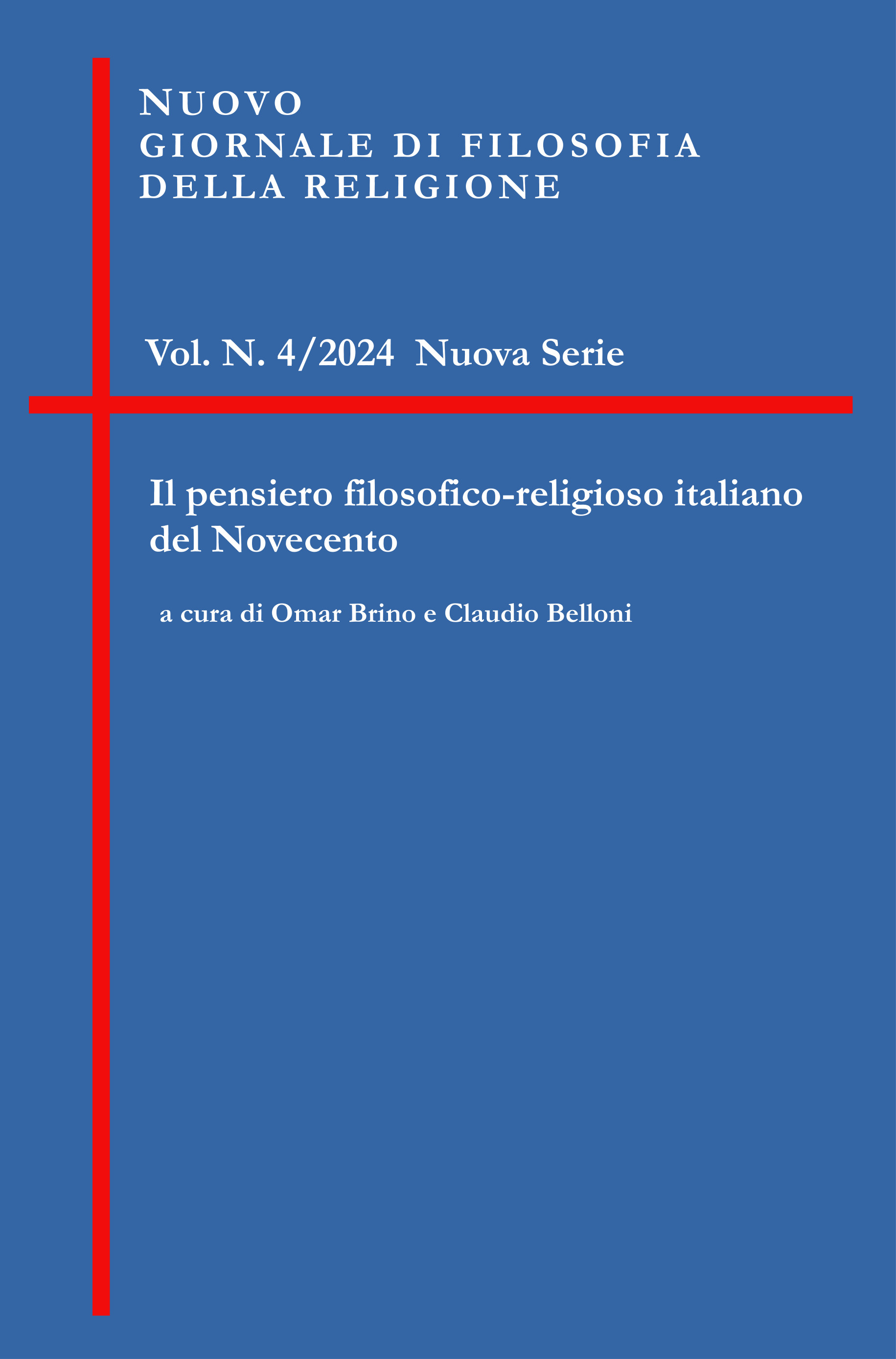Abstract
La metodologia storico-religiosa dello studioso di fama internazionale Ugo Bianchi si caratterizza per una apertura programmatica alla comparazione, intesa come studio e interpretazione storica delle analogie (ossia delle profonde affinità e delle non meno profonde difformità) offerte dai fenomeni religiosi quali attestati dalle fonti di diverso genere che sono oggetto della ricerca storiografica. Lo storico delle religioni non partirà da un concetto a priori e precostituito o da un modello ideale di religione, ma, dovendo pur partire – in quanto condizione necessaria per la ricerca – da un concetto di religione, potrà fare riferimento iniziale a quella nozione di religione storicamente condizionata che si è venuta costruendo nella storia dell’occidente cristiano a partire dalle sue radici classiche, quello stesso occidente che, appunto, ha visto l’inizio dello studio comparato delle religioni.
Parole chiave: Ugo Bianchi, storia delle religioni, metodologia comparativa, analogia, Occidente cristiano
The historical-religious methodology of the internationally renowned scholar Ugo Bianchi is characterized by a programmatic openness to comparison, understood as the historical study and interpretation of the analogies (that is, the deep affinities and equally profound differences) presented by religious phenomena as evidenced by various types of sources that are the subject of historiographical research. The historian of religions will not start from a preconceived a priori concept or an ideal model of religion, but, since it is necessary to begin with a concept of religion for research purposes, he may initially refer to that notion of religion that has been historically conditioned and constructed throughout the history of Christian West (with its roots in classical antiquity), the very West that has witnessed the beginning of the comparative study of religions.
Keywords: Ugo Bianchi, history of religions, comparative methodology, analogy, Christian West

TQuesto lavoro è fornito con la licenza Creative Commons Attribuzione 4.0 Internazionale.
Copyright (c) 2025 Maria Vittoria Cerutti

